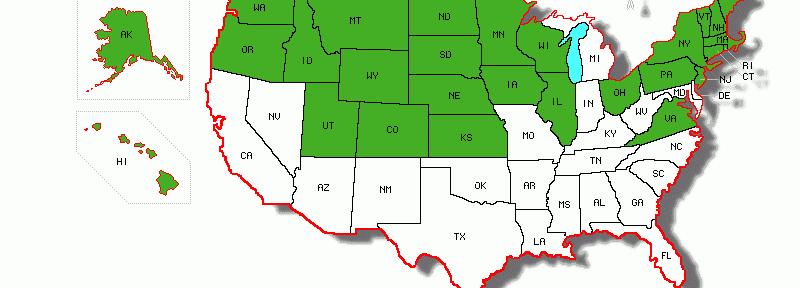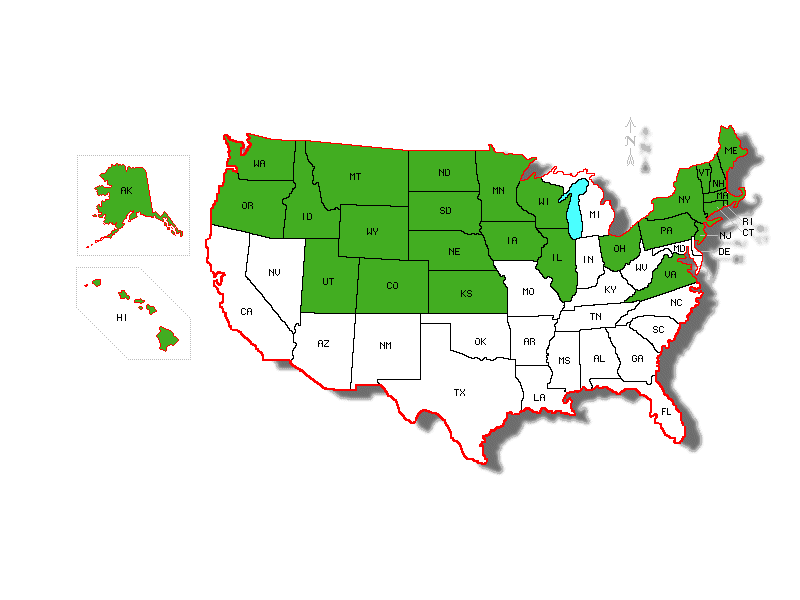In this bicentennial year, with apologies to a gracious nation of people of warm hospitality, here is the belated Canada Day update. Try the wines of Niagara-on-the-Lake, and the mussels and ice cream found there, originating at P.E.I.
And, now, on with the show. It’s a doozy.
On his little Reuters website, a real media baron published this quote from a Fair Isaac spokesman, “‘Credit utilization (amounts owed as a percentage of available credit) counts for 30 percent of a person’s credit score.'”
It must have been given in writing (unless the dude can inflect parentheses).
The Fair Isaac statement is false because it is mathematically impossible. Here’s the doozy part– a mind-blower: The credit score company’s spokesman in the Reuters item even replied, “I understand well that ‘amounts owed’ is driven by half a dozen factors not just utilization.”
Yikes.
Credit score expert John Ulzheimer calls this nonsense a myth.
Win column:
Losers column:
— and more.
But, consider the source– not the one in the journalistic sense, but the source of the reach of the repeated rumor: Reuters. For another eyeful, see Canada Day, 2011: Reuters on employers and credit scores.
This monkey business about the so-called “credit utilization” is all Dr. Veghead‘s fault. A Kat Malone he is not.
A message to the really wrong Reuters rumor repeating rookie writer: Let me know when you have completed Poynter’s Math for Journalists: Help With Numbers.

